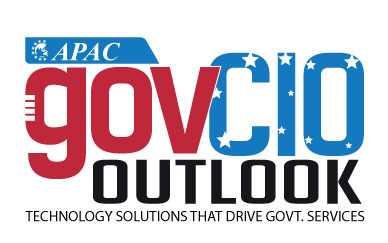Welcome back to this new edition of Gov CIO Outlook !!!✖
Sept - Oct - 20199GOVERNMENT CIO OUTLOOKa fifteen-minute wait for the doctor or government service is par for the course. Generally speaking, residents aren't looking for a deep, meaningful relationship with government. However, if you serve customers what they need in a reasonable amount of time, they will be ecstatic. Denver lowered its DMV wait times from one hour and ten minutes to under 15 minutes, and the customer response on Yelp was positively outrageous. Customers raved about how much they were looking forward to coming back from their license plate renewals because the experience so greatly exceeded expectations. Denver did the same thing with 311, lowering call answer times from over three minutes to under thirty seconds, and customer satisfaction metrics took off. Add all of these basic services together, and you create a customer experience that builds trust and loyalty among constituents. Governments also enjoy a concept called second-mover advantage, the idea that there's much lower risk associated with waiting to see what works for others versus being the first organization to market a potential innovation. No one is going to run the municipal government out of business if it takes calculated, thoughtful risks while letting others be the first to market. Chat bots and outbound calling are a great examples of where government can take years to adopt, significantly lower risk, and harness considerable upsides. The vendor landscape has matured, several evolutions of technology have come and gone, and governments can take their sweet time evaluating and rolling out these innovations. Want to reduce calls for missed trash pickups by 40 percent? Then introduce a market-ready, low-cost, outbound calling channel that alerts customers that it's a holiday week and trash pickups are delayed one day. Approximately a gazillion private sector operations have already paved the way for this type of innovation, yet it's still an innovation for government. Then scale it out to similar uses: jury duty notifications, rec center schedule changes, etc. and watch your customer experience scores rise. This isn't to say governments should avoid aggressive innovation, but given the breadth of operations and the luxury of a non-competitive landscape, lowering risk through calculated timing makes a lot of sense. Let's bring it back to the all-things-to-all-people paradigm. You're doomed if you introduce an online service but charge a so-called credit card convenience fee for the privilege of doing business online. They'll stick with faxing. Instead, focus on creating an overwhelmingly positive experience -- inline or online, and you'll see something you might not have thought possible: happy government customers. Focus on creating an overwhelmingly positive experience -- inline or online, and you'll see something you might not have thought possible: happy government customers
< Page 8 | Page 10 >
< Page 8 | Page 10 >
